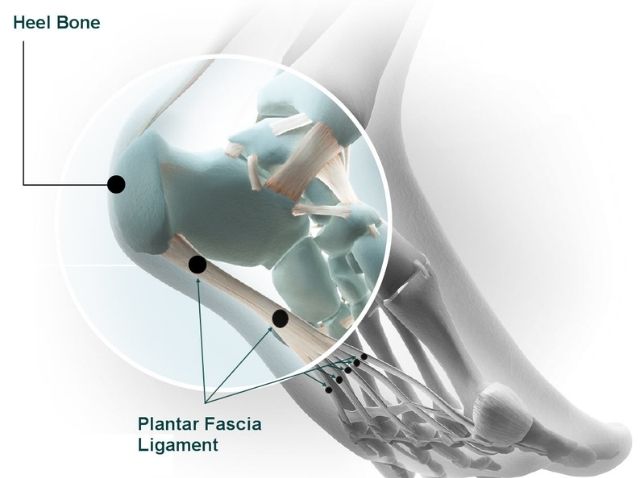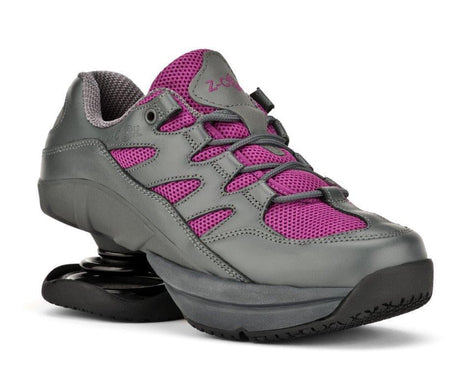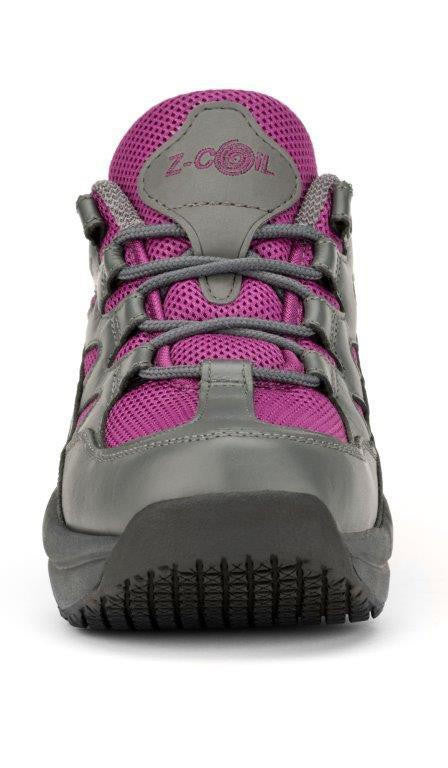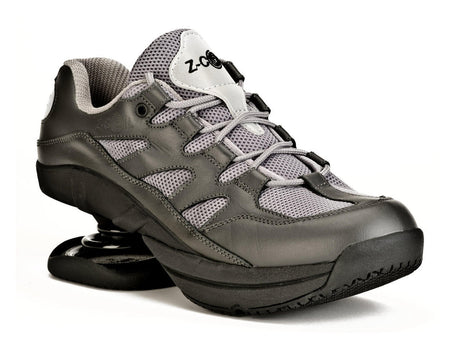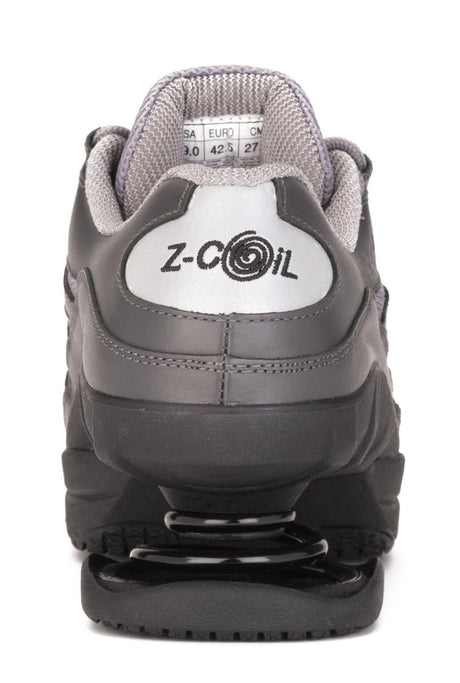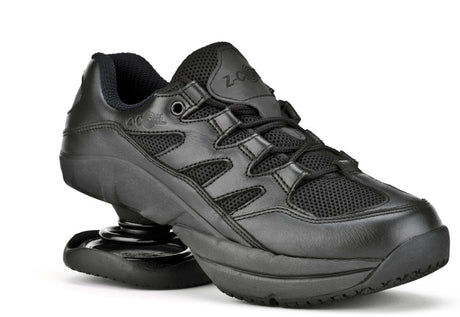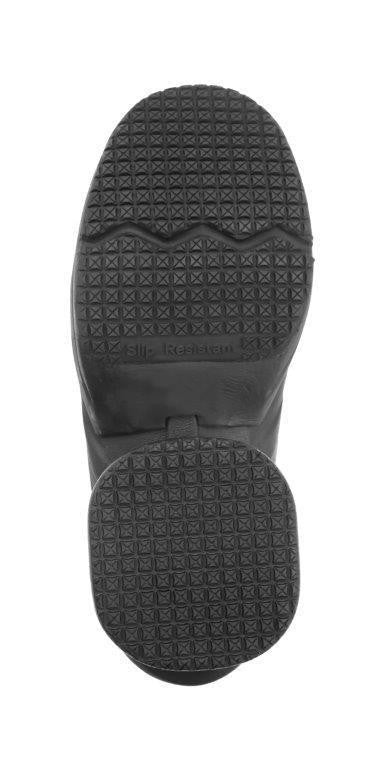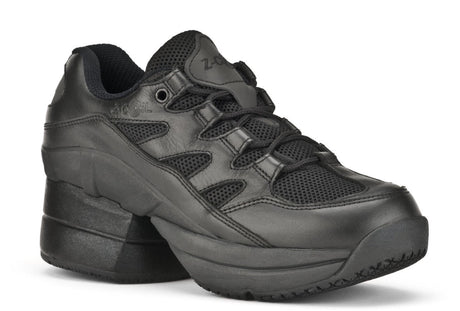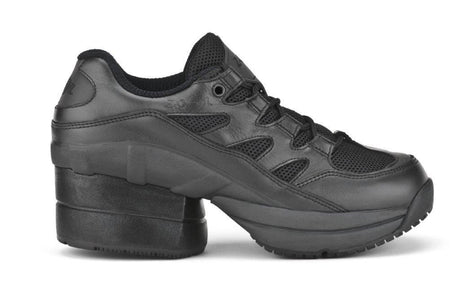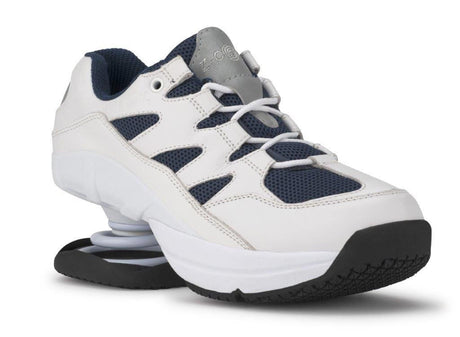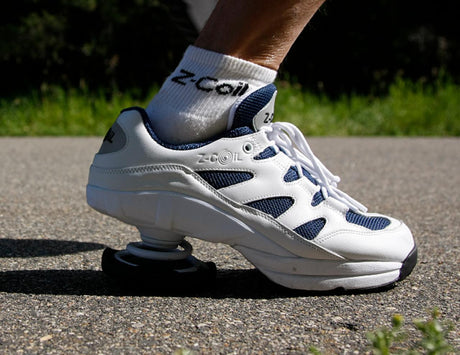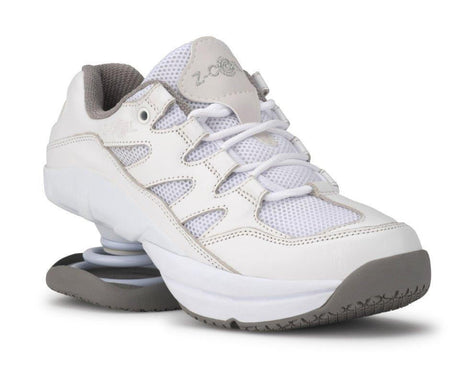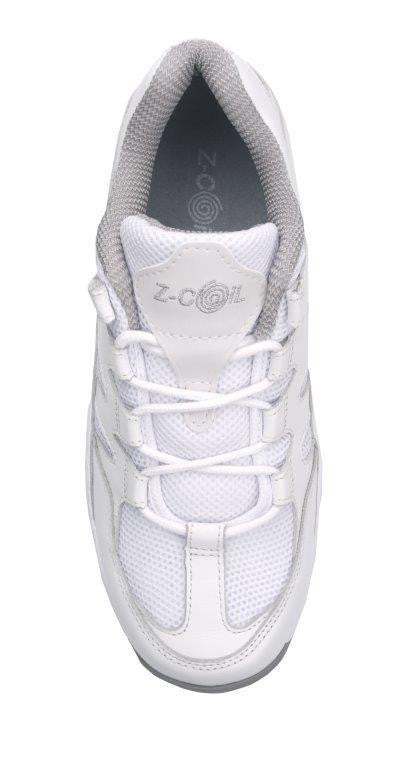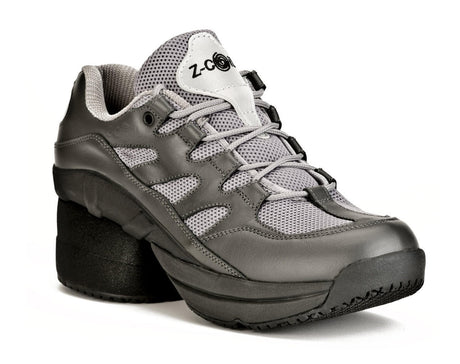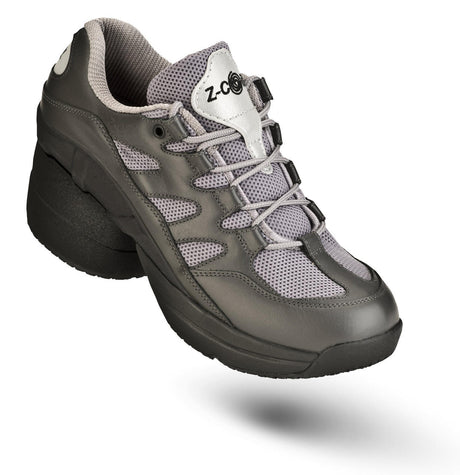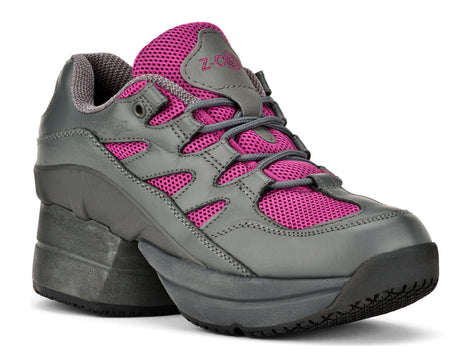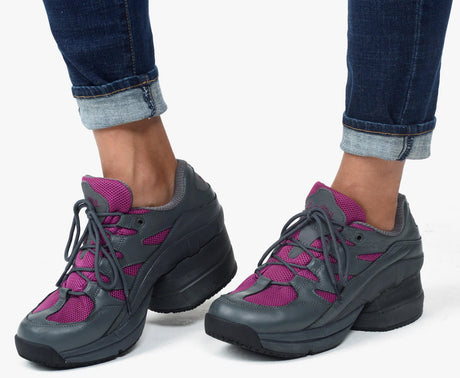Plantar fasciitis occurs on the arch and midfoot of your feet. It sends a sharp pain from your midfoot to your heel, making certain daily physical tasks like walking and standing extremely uncomfortable. Plantar Fasciitis and heel spurs are related as they are both pains along the plantar tendons that run from the ball of your foot to your heel. Various factors can cause this tissue inflammation, from long-distance running to age, but the main factor is flexible footwear that allows this ligament to be compromised under pressure when walking.
Many daily demands require people to be on their feet for long hours, and with plantar fasciitis, those daily strains can take a heavy toll. Here is what to know about walking with plantar fasciitis to make the demands on your feet less painful.
Forefoot vs. Heel
For most people, walking comes as a second thought. Muscle memory kicks in and takes you where you need to go. However, certain walking styles can increase the effects of plantar fasciitis, causing pain to jolt through one's foot while taking a stroll. Plantar fasciitis occurs in the midfoot and arch of your feet. Any twisting of your foot can cause inflammation in this plantar ligament-causing discomfort—the less twisting and more stability of your foot, the better. Since walking on your toes isn't the safest or most practical approach, the best way to walk with plantar fasciitis is to find the right shoe to stabilize your foot on any surface. Ideally, you want a shoe or orthotic that is rigid from the ball of the foot to the heel, allowing you to ambulate on any surface with less risk of additional inflammation and pain.
Supporting Footwear
In conjunction with keeping this area cool with ice occasionally, wearing supporting footwear helps achieve that balance and reduces pressure and strain and the corresponding inflammation in your feet. Orthotics are specially designed insoles that reduce twisting, inflammation, and pain. Unlike regular insoles, orthotics have a rigid and strong build to provide optimal support for your plantar ligament. Orthotics paired with extra impact support alleviates strain on your inflamed feet. Z-Coil offers specifically designed footwear that combines orthotics and spring impact support, providing comfortable men's and women's sneakers for plantar fasciitis and other footwear options. With the proper support under your feet, it is easier to walk, stand, and move without pain.
Ideal Type of Stride
Long strides and short strides also affect the amount of pressure you apply to your heels. As your feet go down after a long stride, your body naturally goes heel first to maintain optimal balance. Shorter strides give you more bodily control, making it easier to apply less force on your plantar ligament and heels and obtain the ideal forefoot-to-heel ratio coverage as you plant your feet.
After-Walk Care
Implementing some after-walk care after a long day on your feet can alleviate pain caused by plantar fasciitis. Stretching your feet and legs loosens the muscles around your fascia, releases tension, strengthens your muscles, and reduces the risks of tearing and other potential issues. Simply icing your feet after walking can also help with the inflammation and pain.
Walking with plantar fasciitis is uncomfortable and challenging for many. Adjusting your walking style, investing in the proper footwear, and practicing self-care lessens discomfort and allows you to go about your day without a stabbing pain from the soles of your feet.

